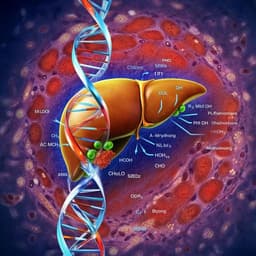
Engineering and Technology
Accelerated identification of equilibrium structures of multicomponent inorganic crystals using machine learning potentials
S. Kang, W. Jeong, et al.
Experience a breakthrough in the discovery of inorganic compounds with SPINNER, a revolutionary structure-prediction framework developed by authors from Seoul National University. This innovative approach utilizes neural network potentials to accelerate crystal structure prediction up to 1000 times faster than traditional methods, unlocking the potential for large-scale exploration of new materials.
~3 min • Beginner • English
Related Publications
Explore these studies to deepen your understanding of the subject.







